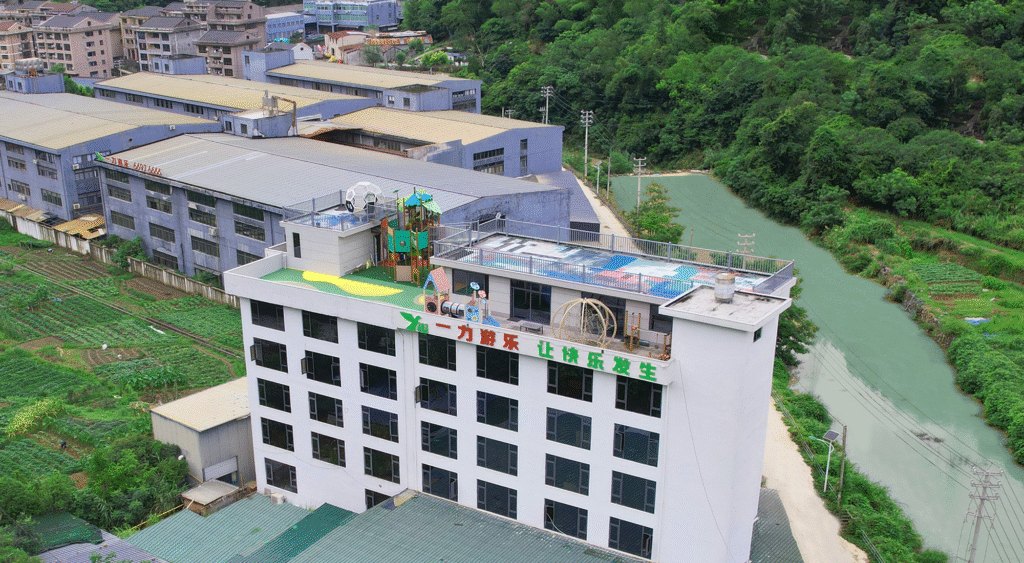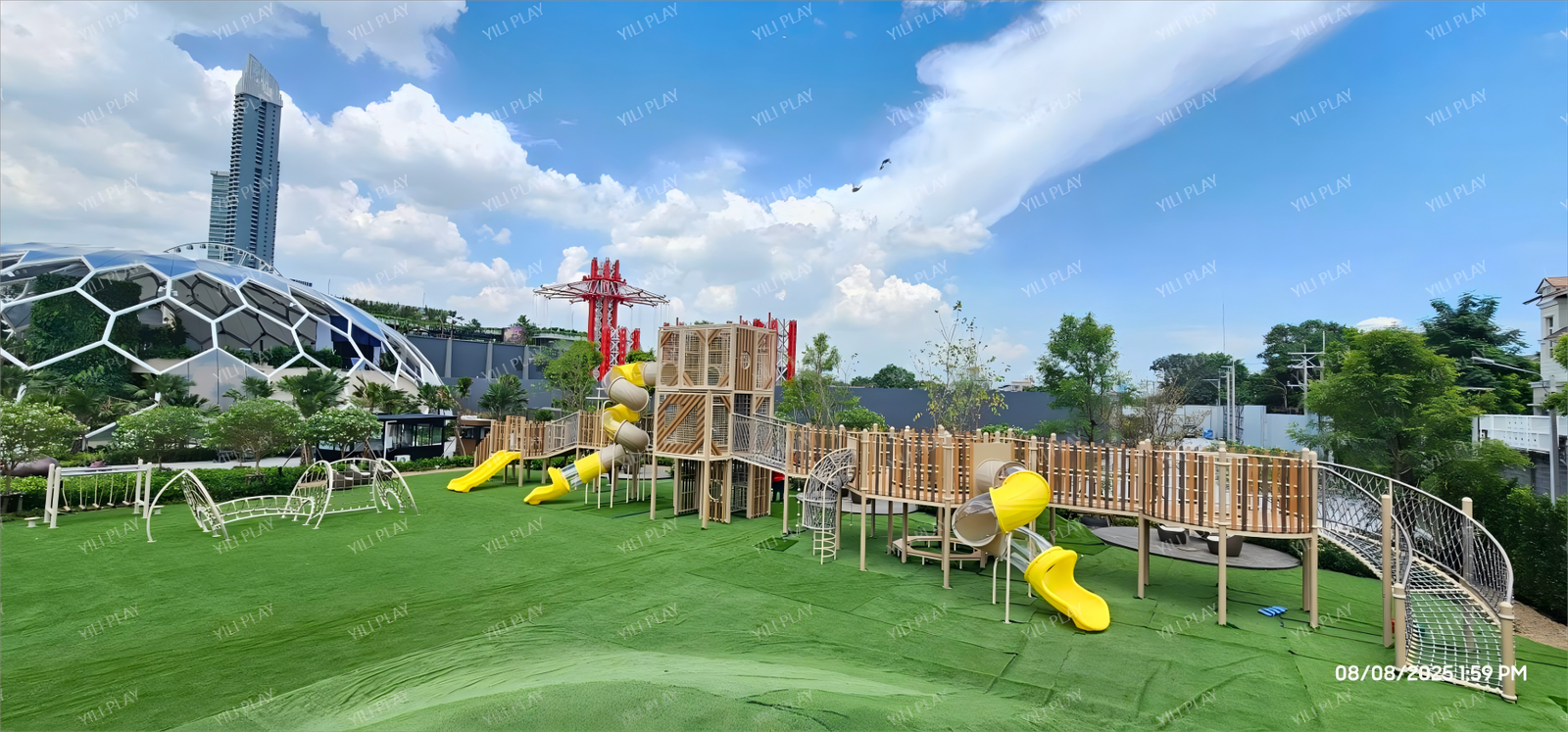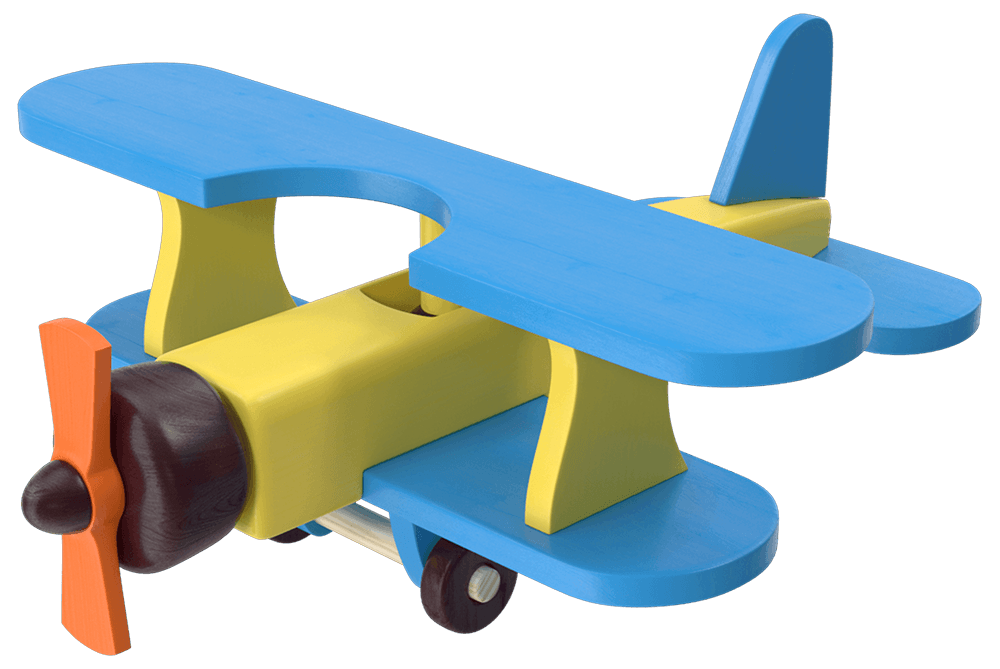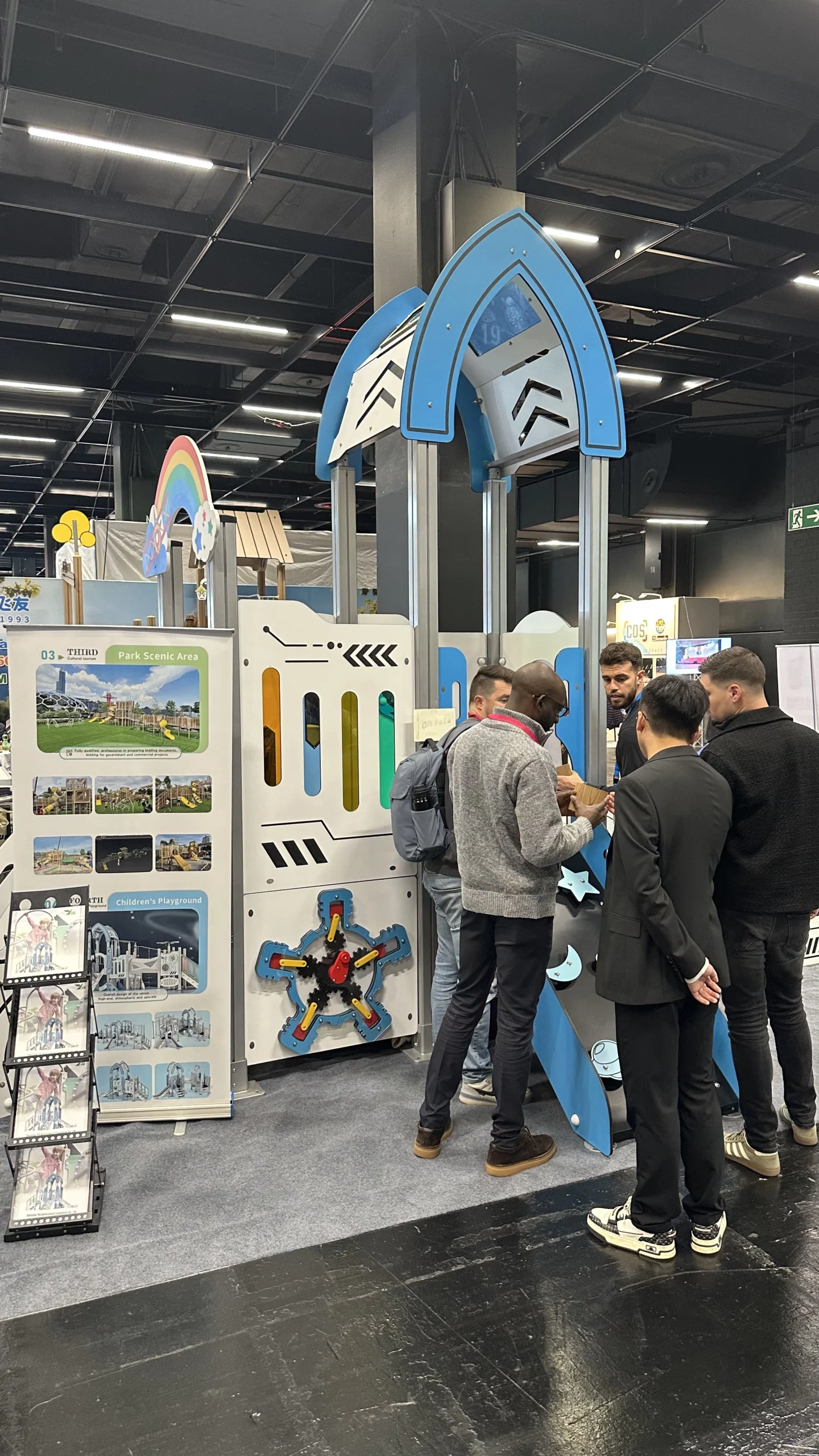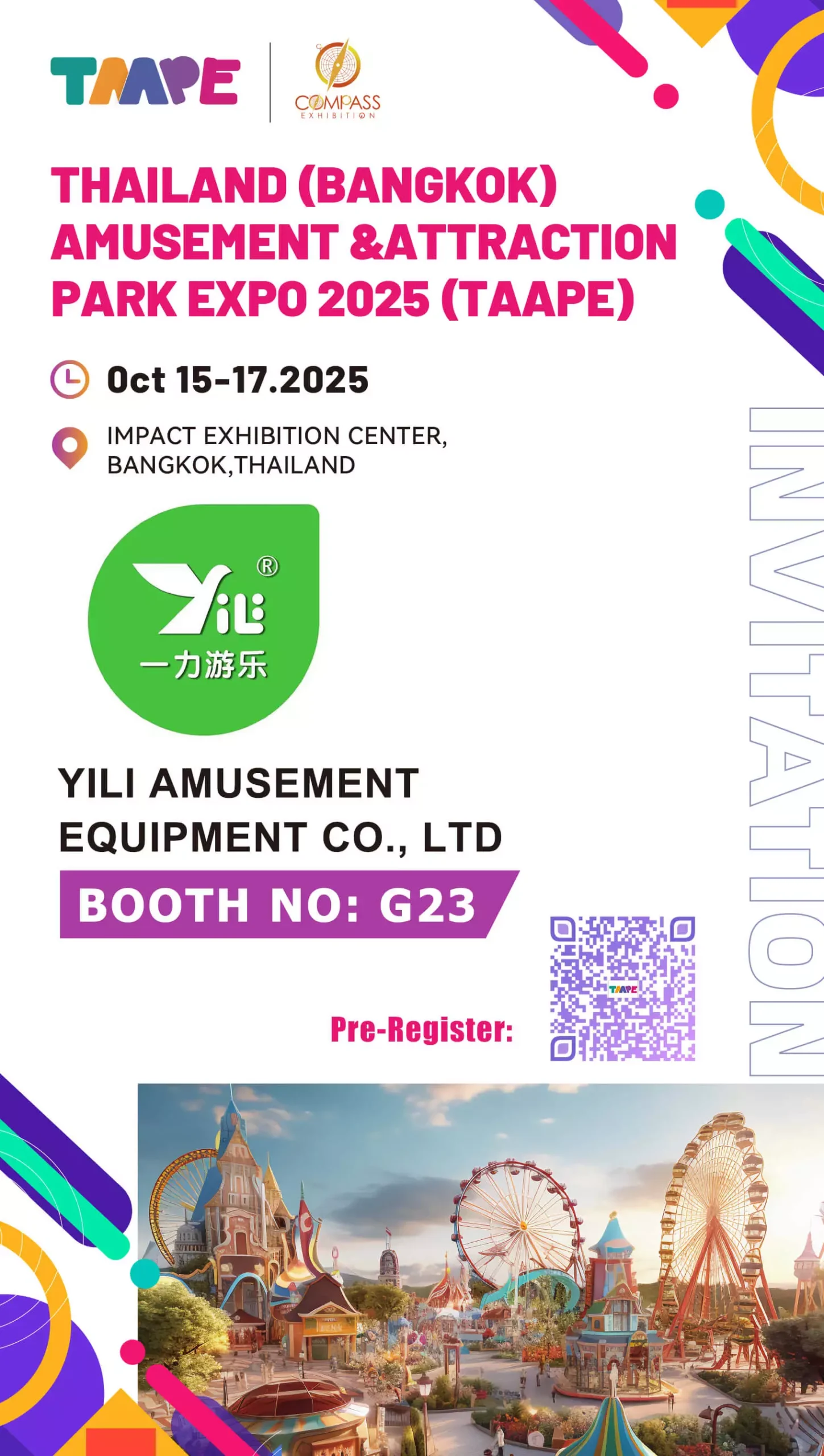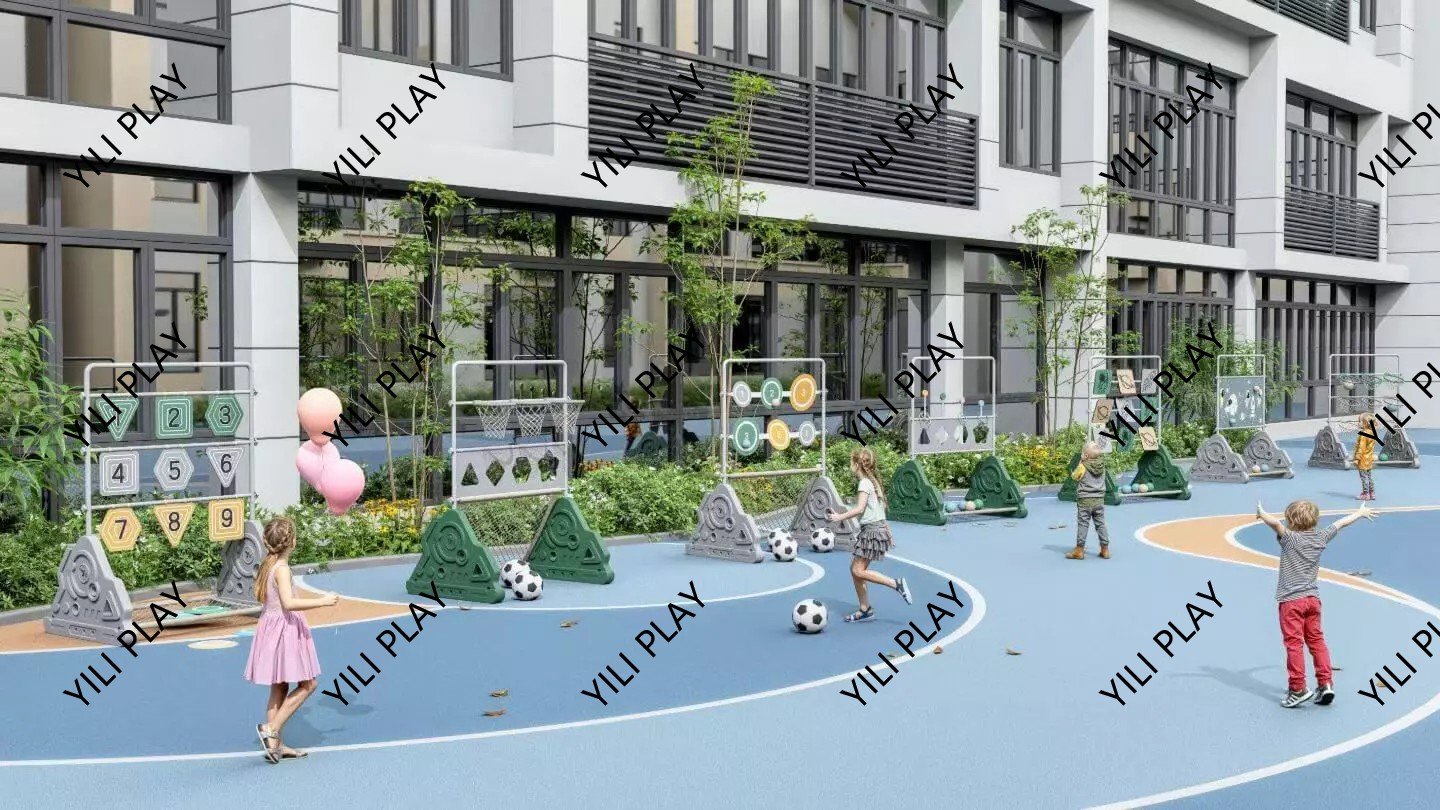nvesting in outdoor playground equipment is an important decision for schools, parks, resorts, and communities. The right playground not only creates a safe and fun environment for children but also enhances the value of the space and attracts more visitors. With so many options in the market, how do you choose the most suitable playground equipment for your project? This guide will walk you through the key factors to consider.
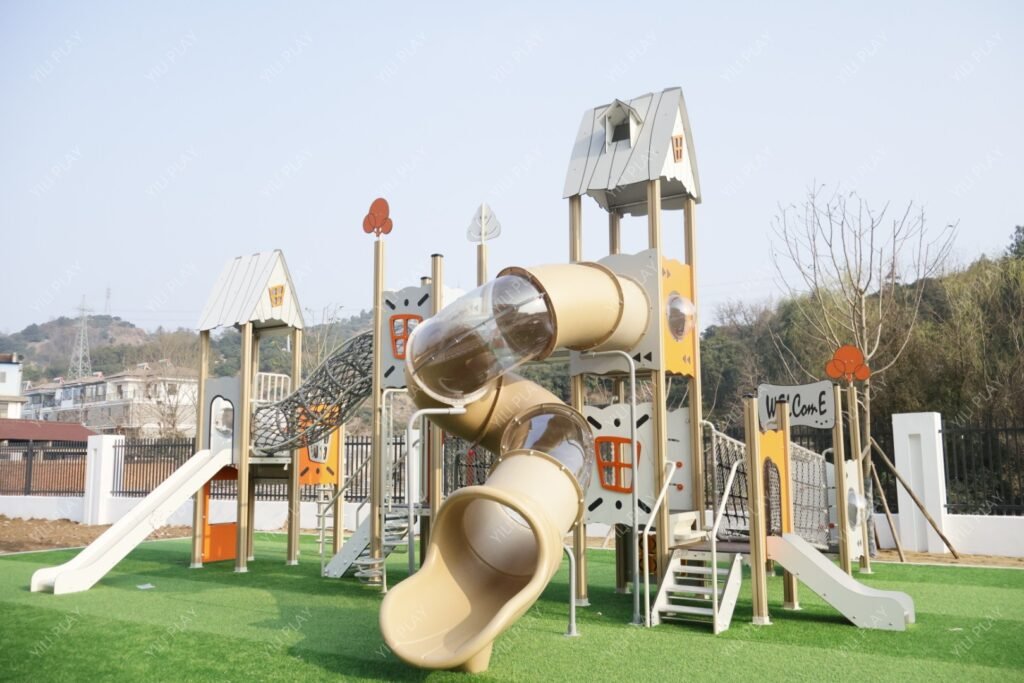
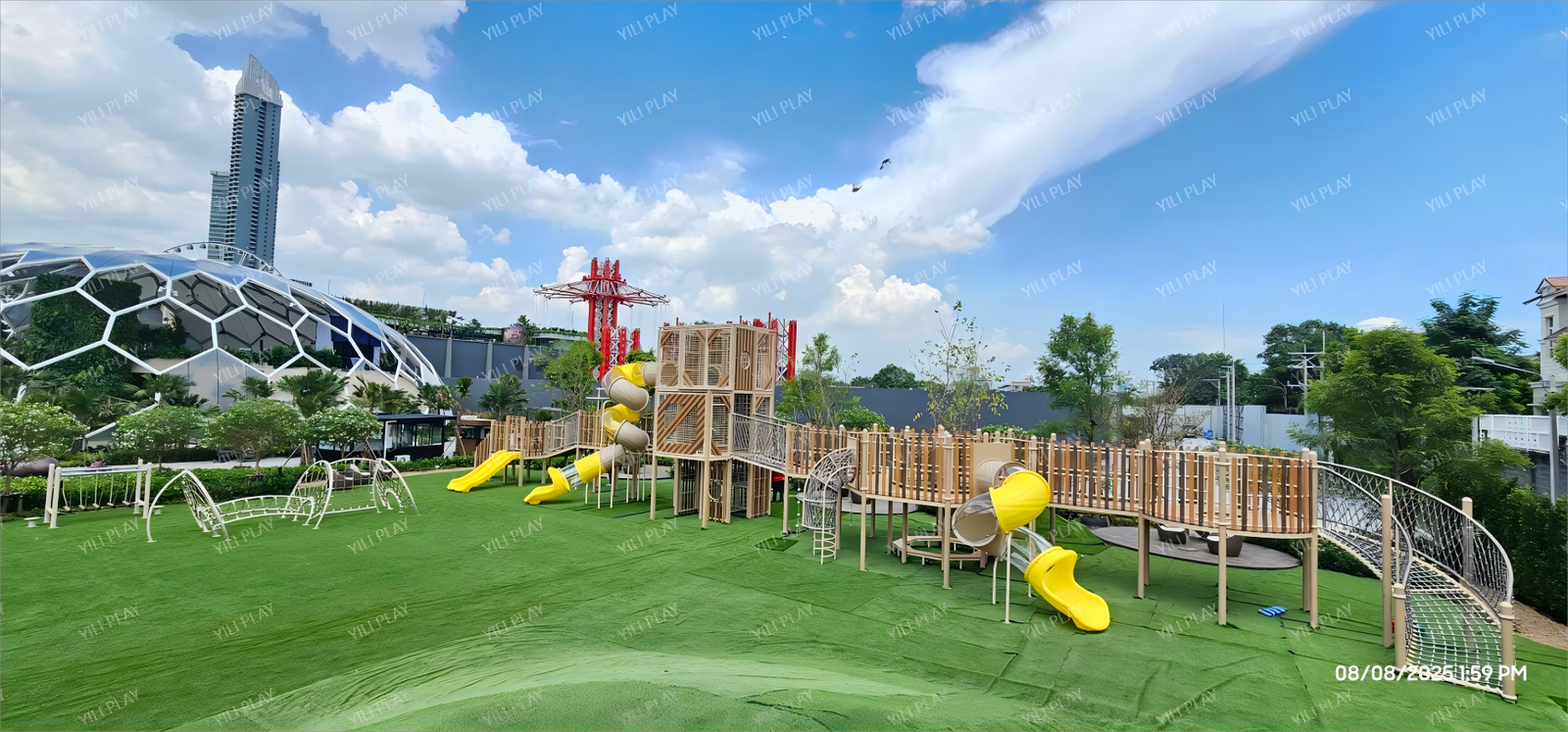
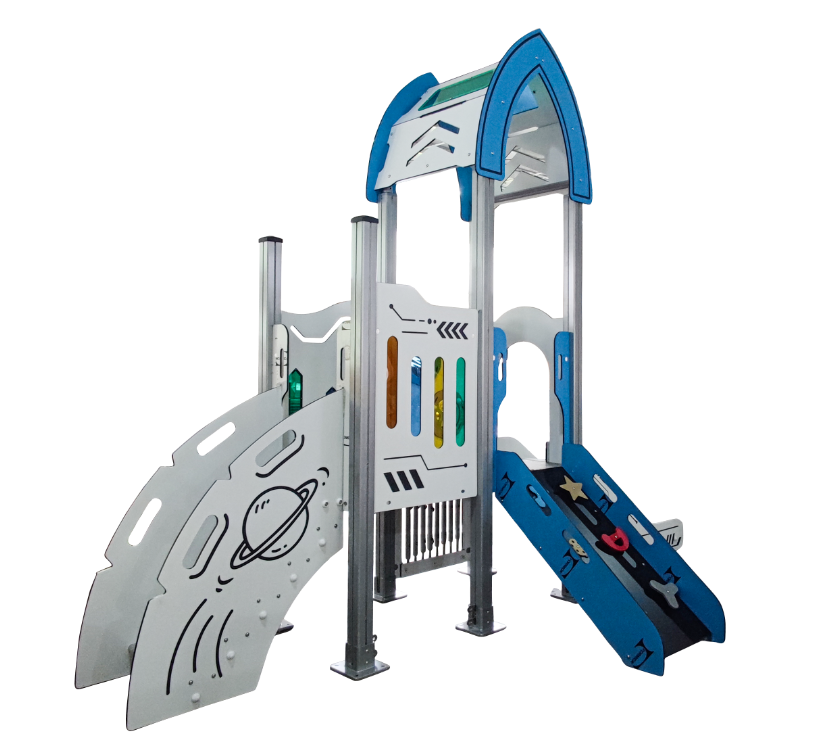
1. Safety Standards First
Safety should always be the top priority. Make sure the equipment complies with international standards such as EN1176 (Europe), ASTM F1487 (USA), or local regulations. Check whether the materials are non-toxic, anti-UV, and free of sharp edges. High-quality safety surfaces such as rubber mats or artificial grass also reduce the risk of injuries.
EN1176:https://nobelcert.com/DataFiles/FreeUpload/EN%201176-1%20(2017).pdf
E N 7 1:https://en.wikipedia.org/wiki/EN_71
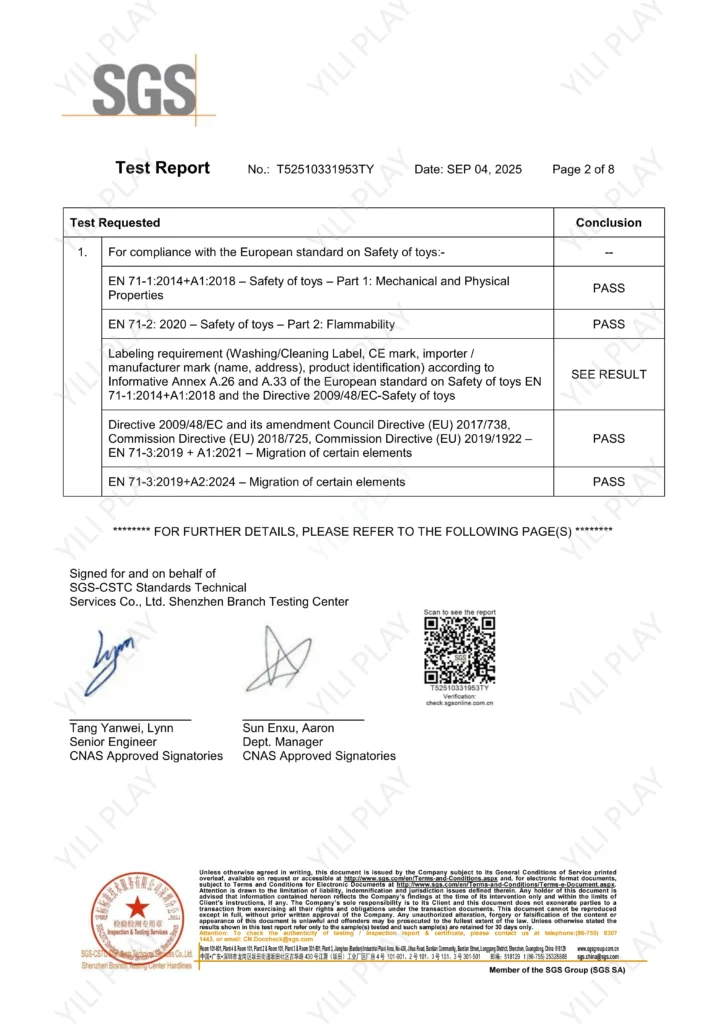
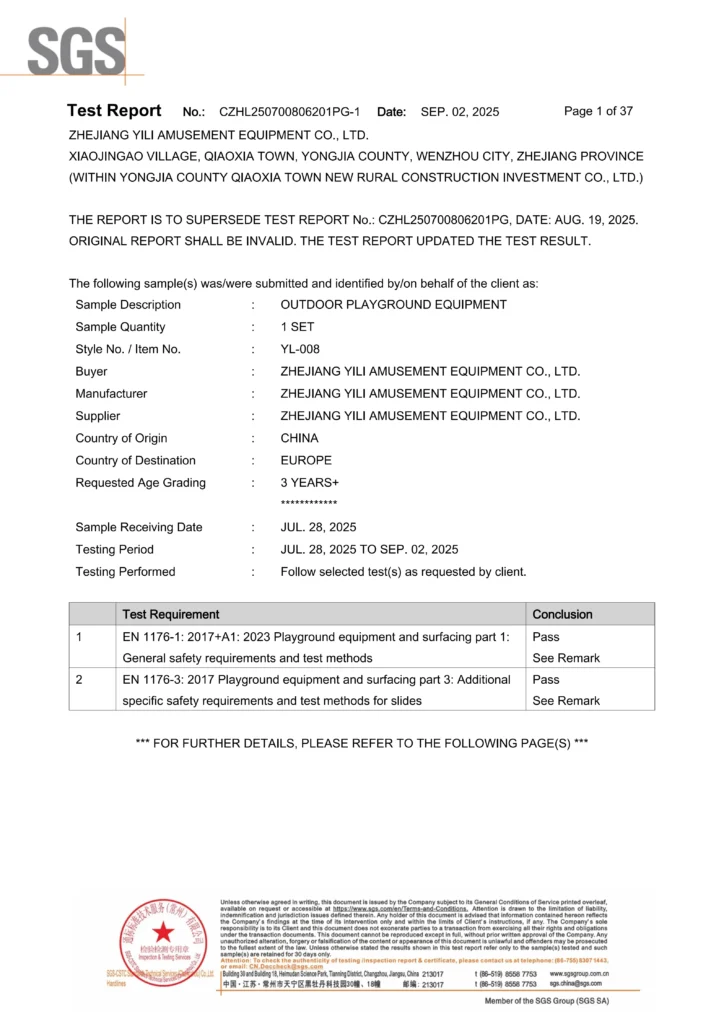
2. Age-Appropriate Design
Children of different age groups have different needs:
- Toddlers (2–5 years): Low platforms, small slides, and interactive panels.
- Children (5–12 years): Climbing structures, swings, rope nets, and more adventurous play options.
- Inclusive Play: Consider adding wheelchair-accessible ramps, sensory panels, and ground-level activities.
Choosing age-appropriate equipment ensures children can play safely while being challenged at the right level.
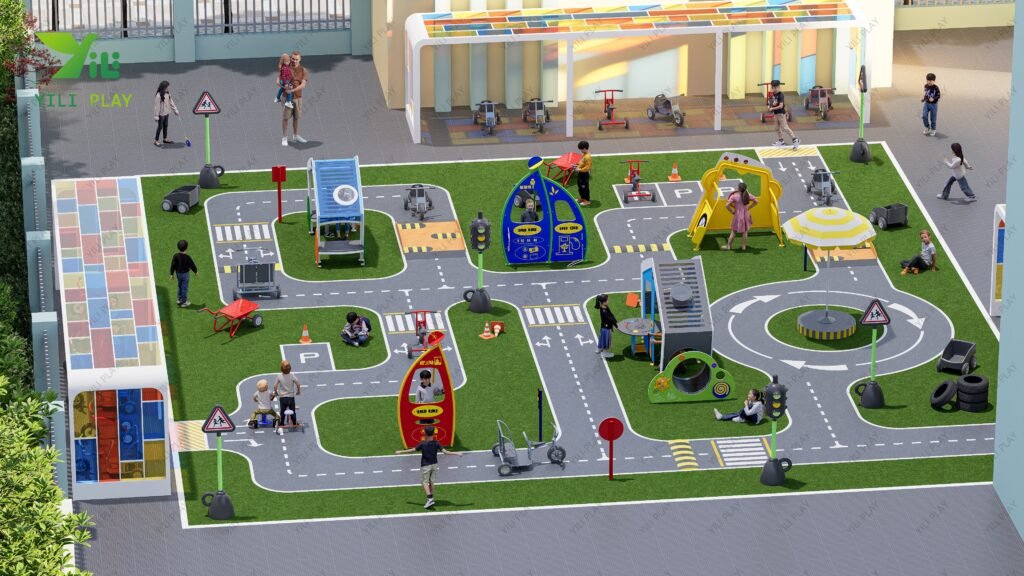
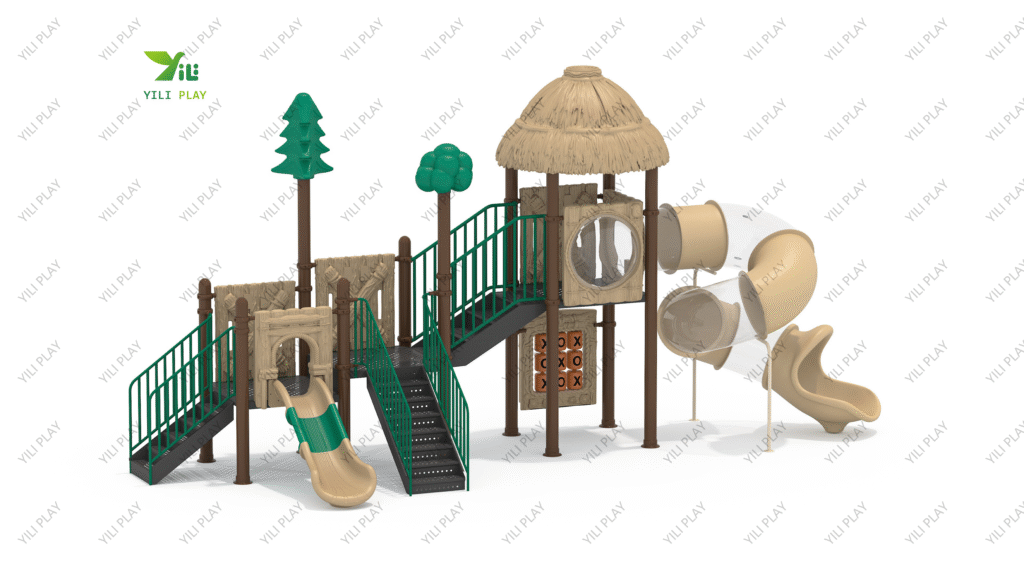
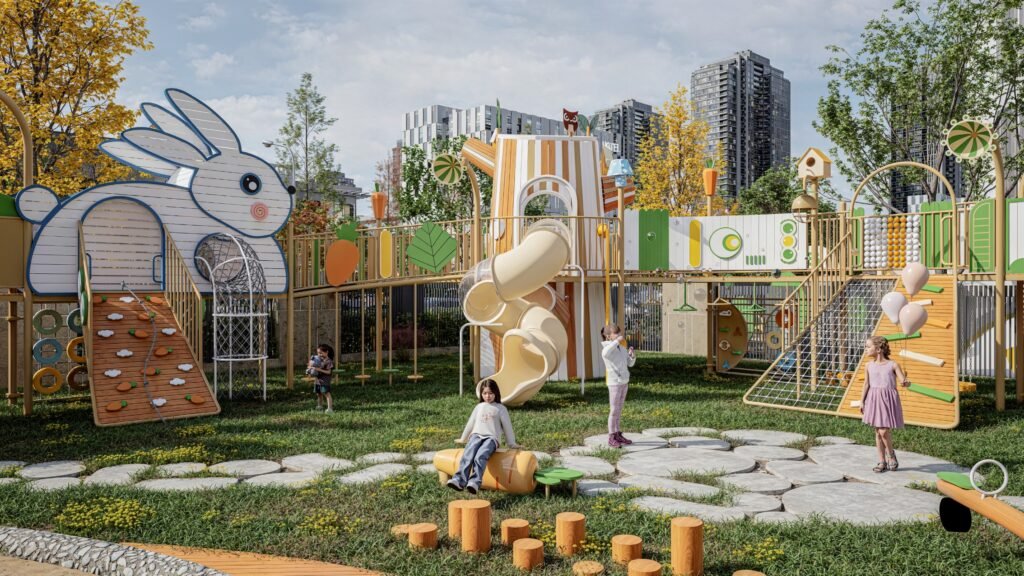
3. Material Selection
Durability and maintenance are directly linked to the materials used:
- Plastic + Galvanized Steel: Cost-effective and widely used.
- HPL (High Pressure Laminate): Strong, weather-resistant, and colorful.
- Plastic Wood / WPC: Eco-friendly, anti-UV, and long-lasting.
- Robinia / Natural Wood: Offers a natural aesthetic but requires regular maintenance.
Select materials based on your budget, environment, and desired style.

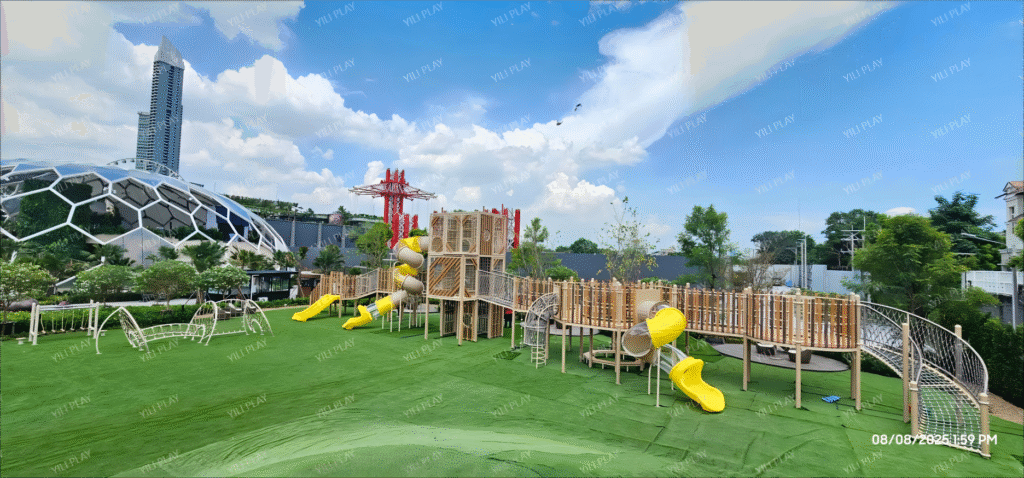
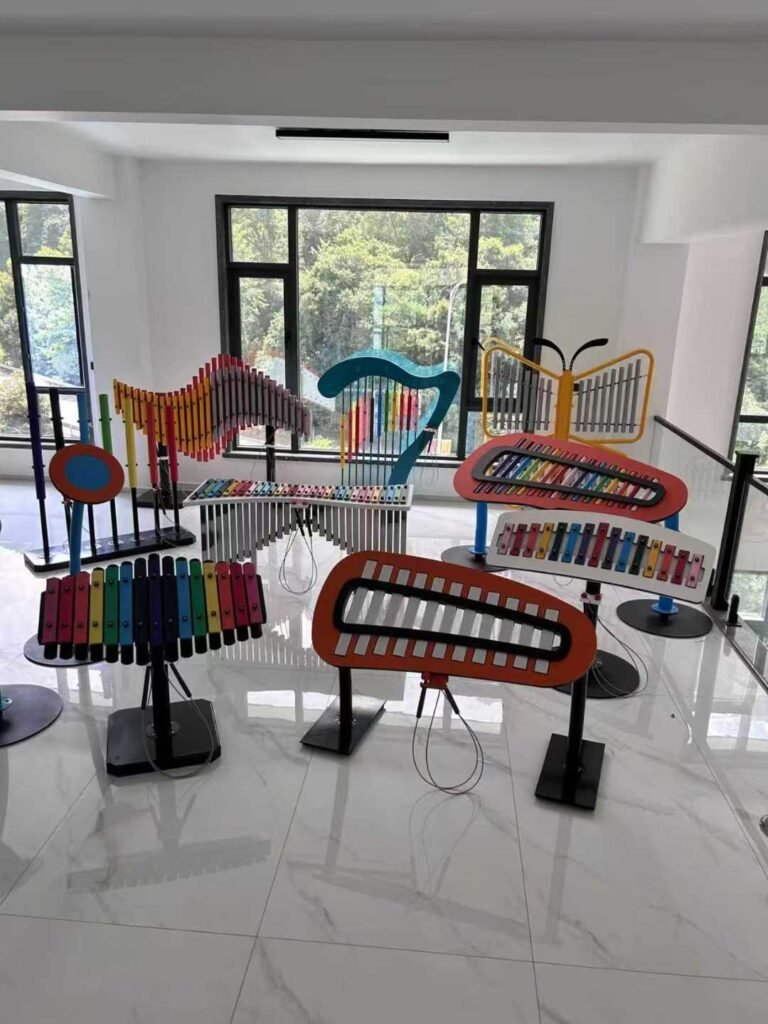
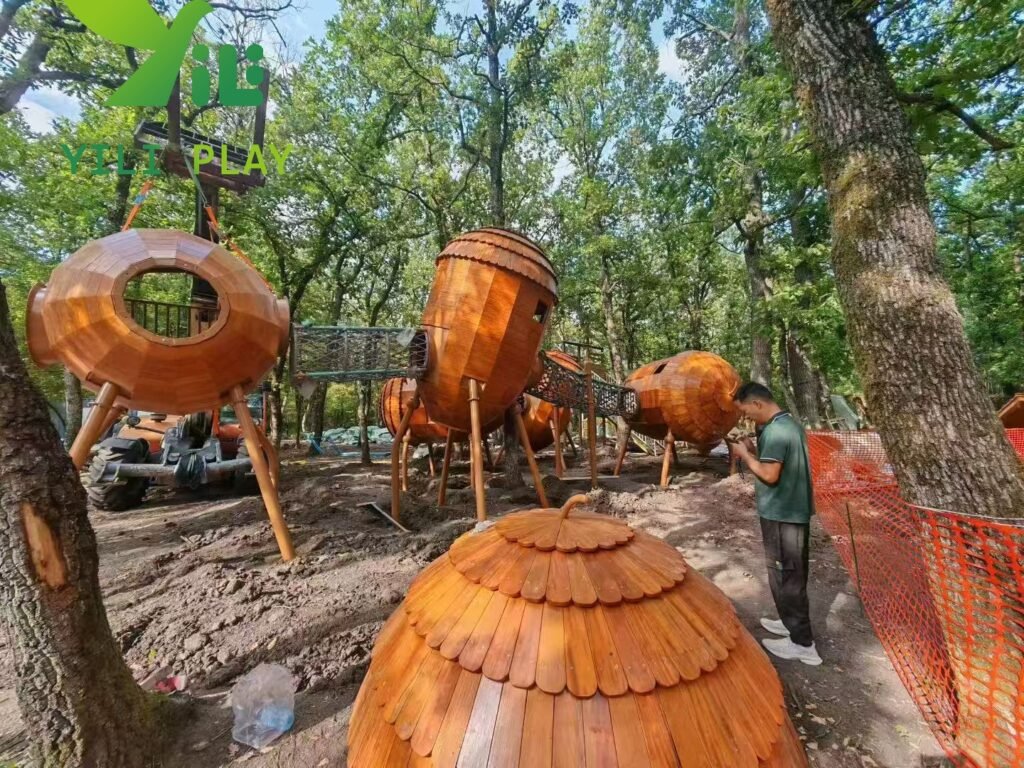
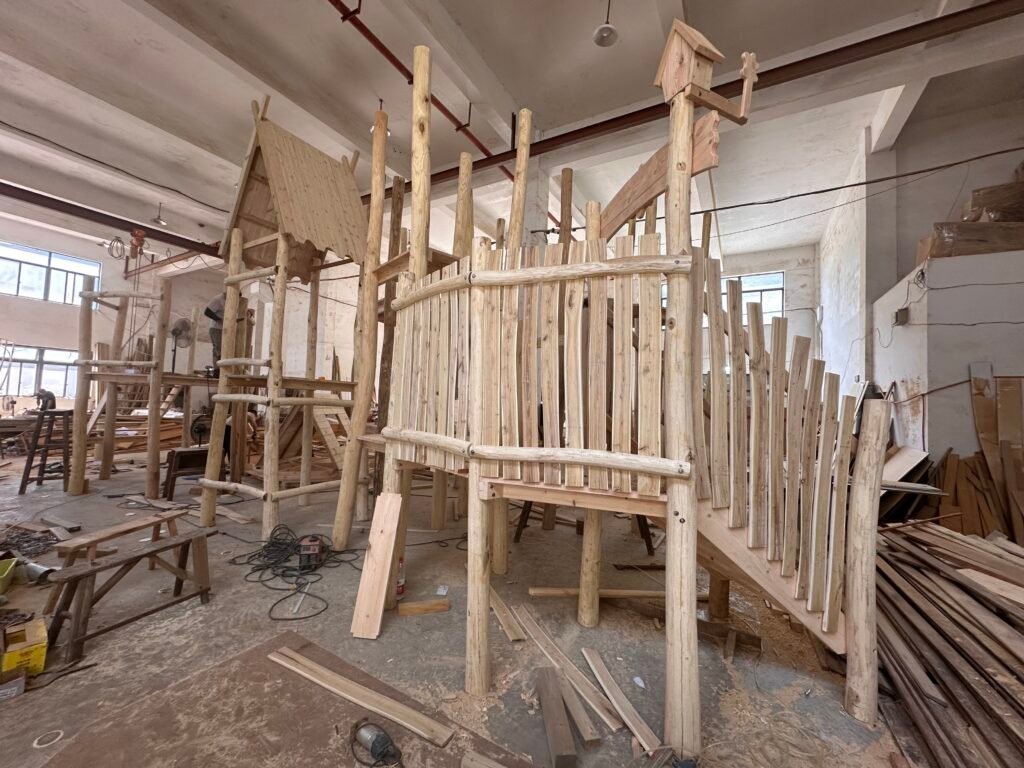
(Show some common materials.)
4. Space Planning
Before purchasing, measure your available area carefully. Consider:
- Play Zones: Divide into active (slides, climbing) and quiet (benches, sand pits) areas.
- Clearances: Ensure enough safety distance around slides and swings.
- Future Expansion: Leave space for adding new modules later.
Good planning not only maximizes usage but also improves safety and comfort.
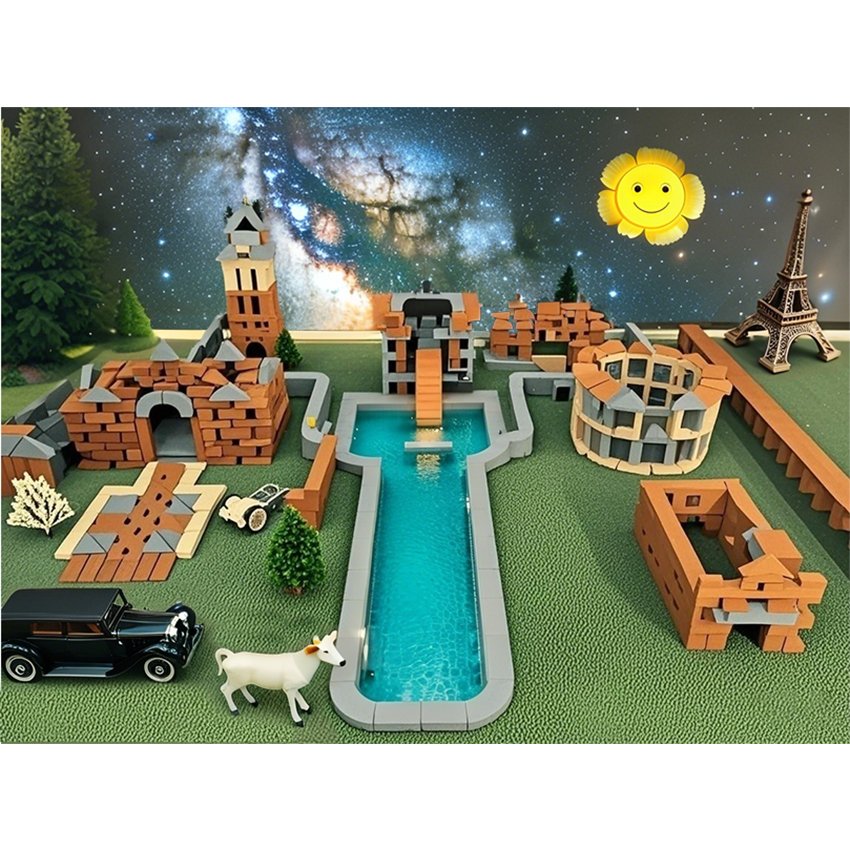
_04-1024x575.png)
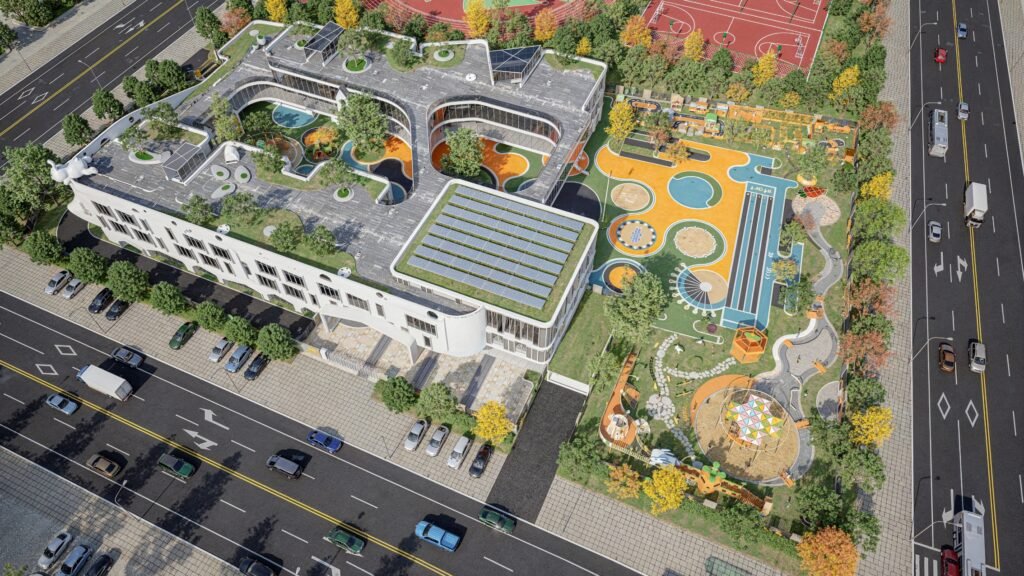
5. Theme and Aesthetics
Playgrounds today are more than just slides and swings. Themed designs—such as forest, castle, rocket, or marine—create immersive experiences that attract children and families. Matching the playground theme with your park, school, or resort branding also makes the space more appealing and memorable.
6. Budget and Maintenance
Think long-term when planning your budget. Apart from the initial investment, consider:
- Maintenance Costs: Cleaning, repainting, or replacing worn parts.
- Durability: High-quality materials may cost more initially but save on long-term repairs.
- Value: A well-built playground attracts more visitors, increasing overall ROI.
7. Trusted Supplier and Warranty
Work with a reliable manufacturer who can provide:
- Certifications and compliance documents.
- Installation guidance or on-site support.
- Warranty and after-sales service.
A professional supplier ensures smooth installation, safety compliance, and long-lasting performance.
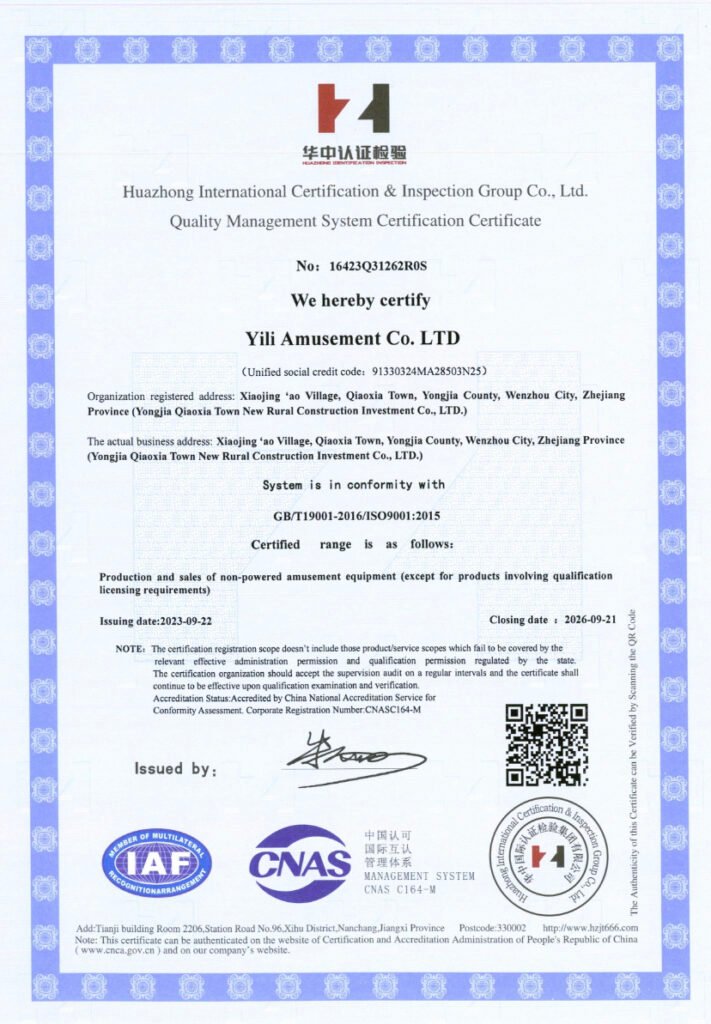
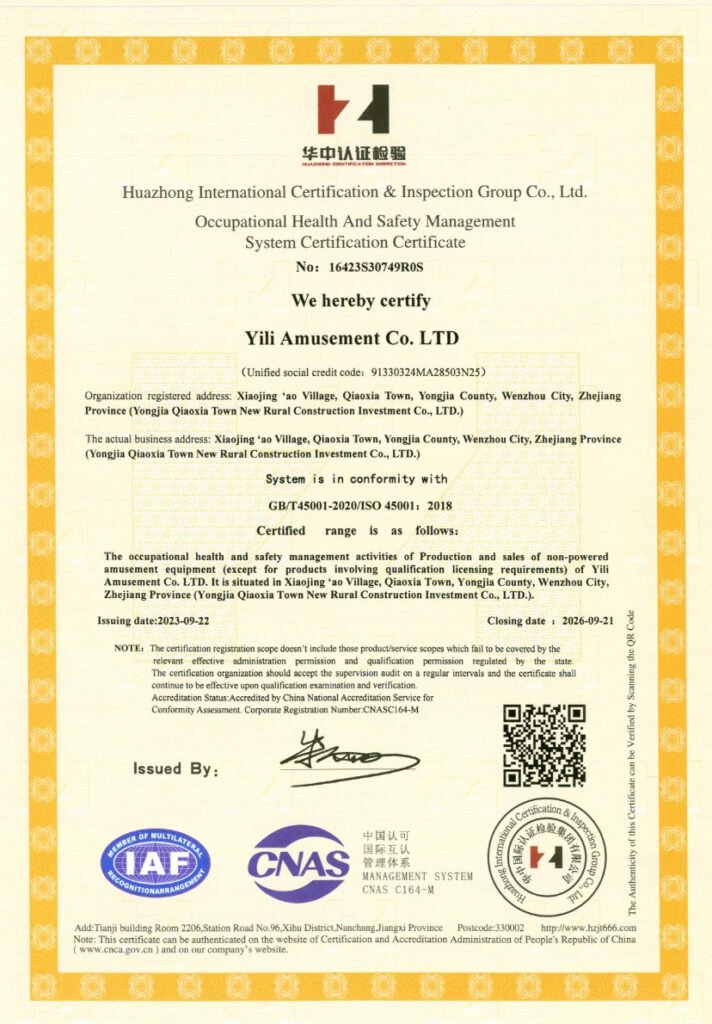
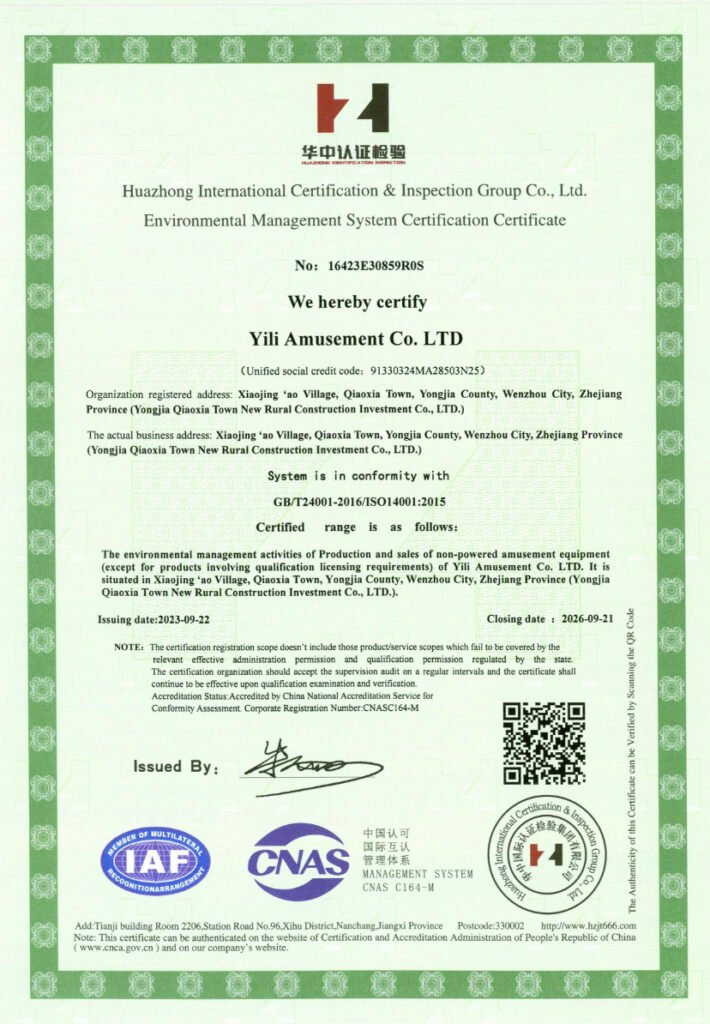
Conclusion
Choosing outdoor playground equipment is about balancing safety, durability, design, and cost. By considering age-appropriate play, high-quality materials, creative themes, and trusted suppliers, you can create a playground that brings joy to children and lasting value to your project.
👉 Pro tip: If you are planning a new playground project, always request a 3D design proposal from suppliers before purchasing. This helps visualize the space and ensures the equipment meets your expectations.
Welcome visit our websit:http://www.yiliplay.com
